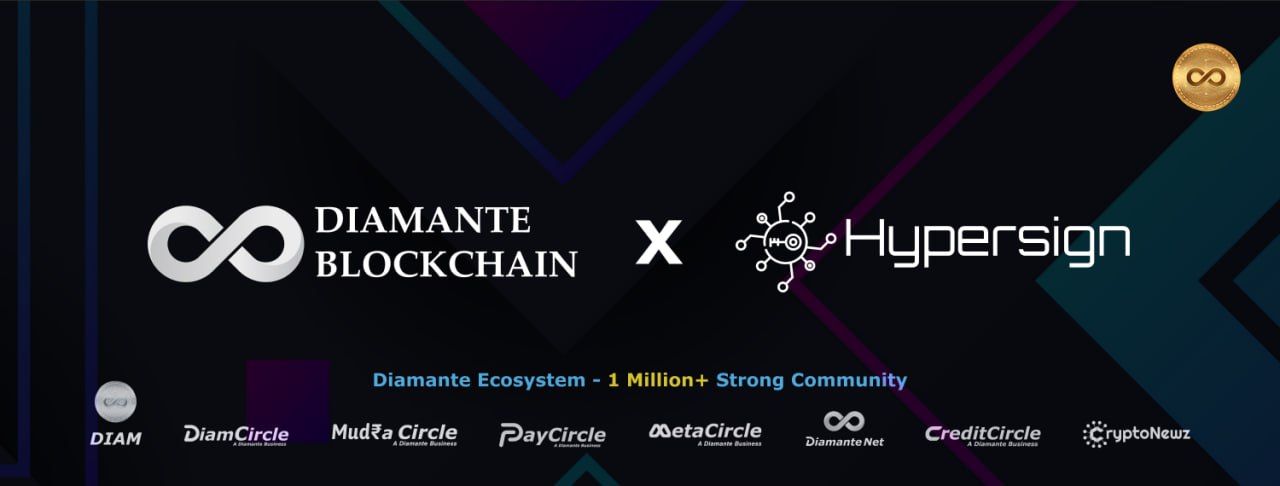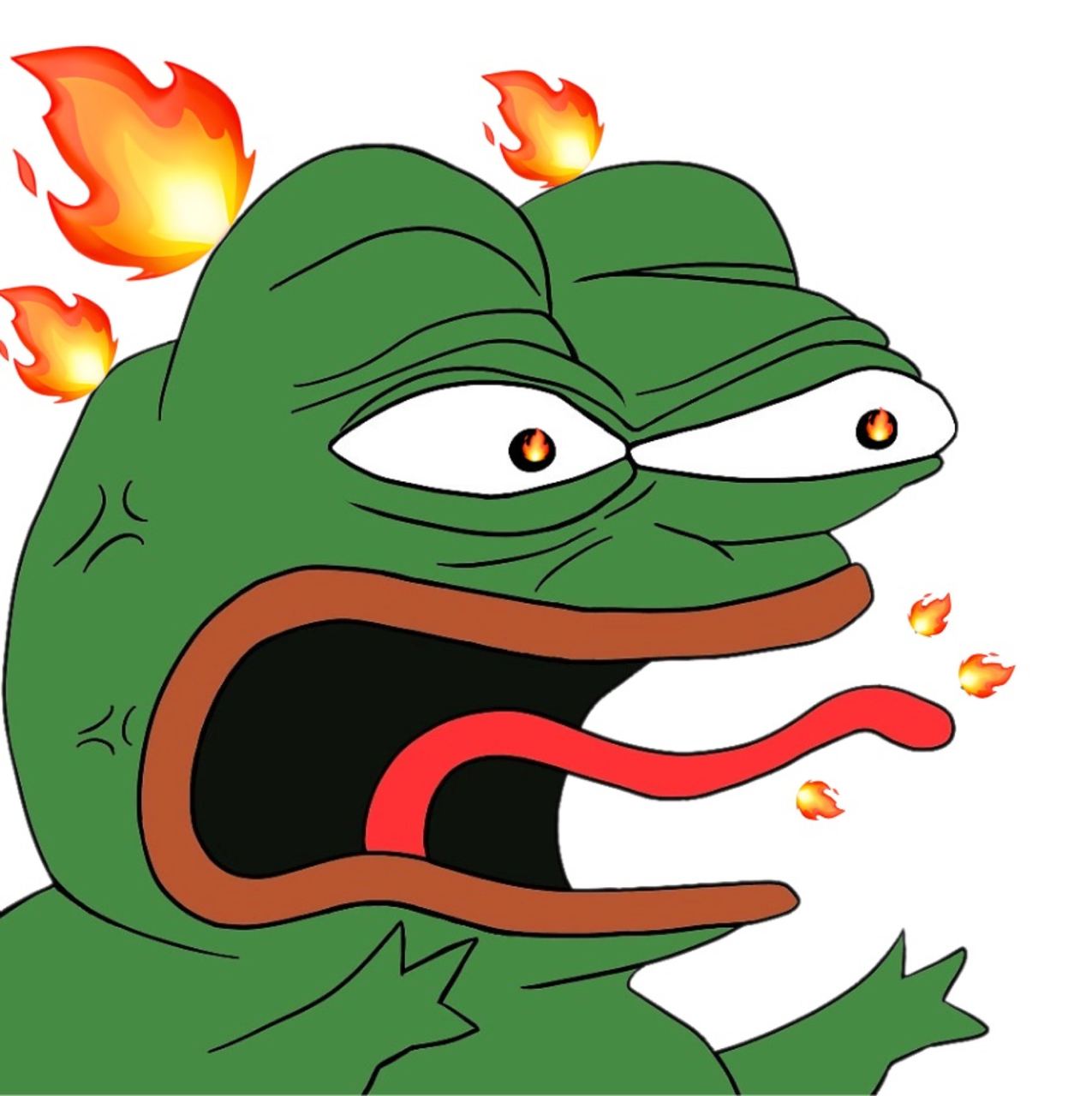Circle Unveils Smart Contract Platform for Web2 Developers
- Antwan Koss
- October 21, 2023
- Uncategorized
- 0 Comments
Circle launches the “Smart Contract Platform” to simplify Web3 app development for traditional developers, offering templates and a “Gas Station” tool.
Key Takeaways
- Circle introduces the “Smart Contract Platform” for Web3 development.
- The platform simplifies smart contract deployment for Web2 programmers.
- A “Gas Station” feature eliminates gas fees for users.
- Circle plans to expand the platform’s network compatibility.
Circle, the stablecoin issuer, has made waves in the Web3 development world with the unveiling of its groundbreaking “Smart Contract Platform.” Aimed at traditional Web2 developers, this innovative tool promises to streamline the often complex process of creating Web3 applications.
What is Smart Contract Platform?
The “Smart Contract Platform” offers a range of meticulously vetted code templates, providing a more accessible entry point for conventional programmers. Developers can effortlessly deploy smart contracts and use a console or REST APIs for interaction, eliminating the need for the Solidity language and complex deployment scripts commonly associated with Web3 development.
One standout feature is the inclusion of pre-vetted templates that support various smart contract needs, including NFT creation, blockchain-based loyalty programs, interactions with Uniswap, and Circle’s stablecoin contracts. This approach minimizes the need for developers to build Solidity contracts from scratch, easing the transition to Web3.
Developers can deploy contracts to Polygon using the “no-code” console, saving them from writing migration scripts. However, it’s important to note that this feature is currently exclusive to Polygon, with plans to expand to other networks.
NEW: Circle introduces a Web2 developer-focused Web3 development platform.
— Crypto Chiefs News (@CryptoChiefNews) October 21, 2023
For developers accustomed to working with Web2 databases, the platform also offers REST APIs, providing an alternative method for deploying and interacting with contracts. Circle intends to make the “no-code” console and REST APIs available on a broader range of networks in the near future.
Furthermore, developers have the option to deploy custom contracts by providing compiled bytecode, without the need for complex deployment scripts.
In addition to the Smart Contract Platform, Circle introduces the “Gas Station” tool, which tackles users’ gas fees for smoother onboarding. This feature leverages Ethereum’s account abstraction to enable gas-free transactions. Notably, the Grab super-app has already integrated this feature, allowing users to transact without incurring gas fees when redeeming NFT vouchers.
Conclusion
Circle’s Smart Contract Platform is a game-changer for Web3 development, as it bridges the gap between Web2 and Web3 programmers. The platform’s focus on accessibility, pre-vetted templates, and gas fee elimination showcases Circle’s commitment to simplifying the Web3 development landscape. With plans to expand compatibility to more networks, Circle is poised to make a significant impact on the evolution of Web3 applications.




